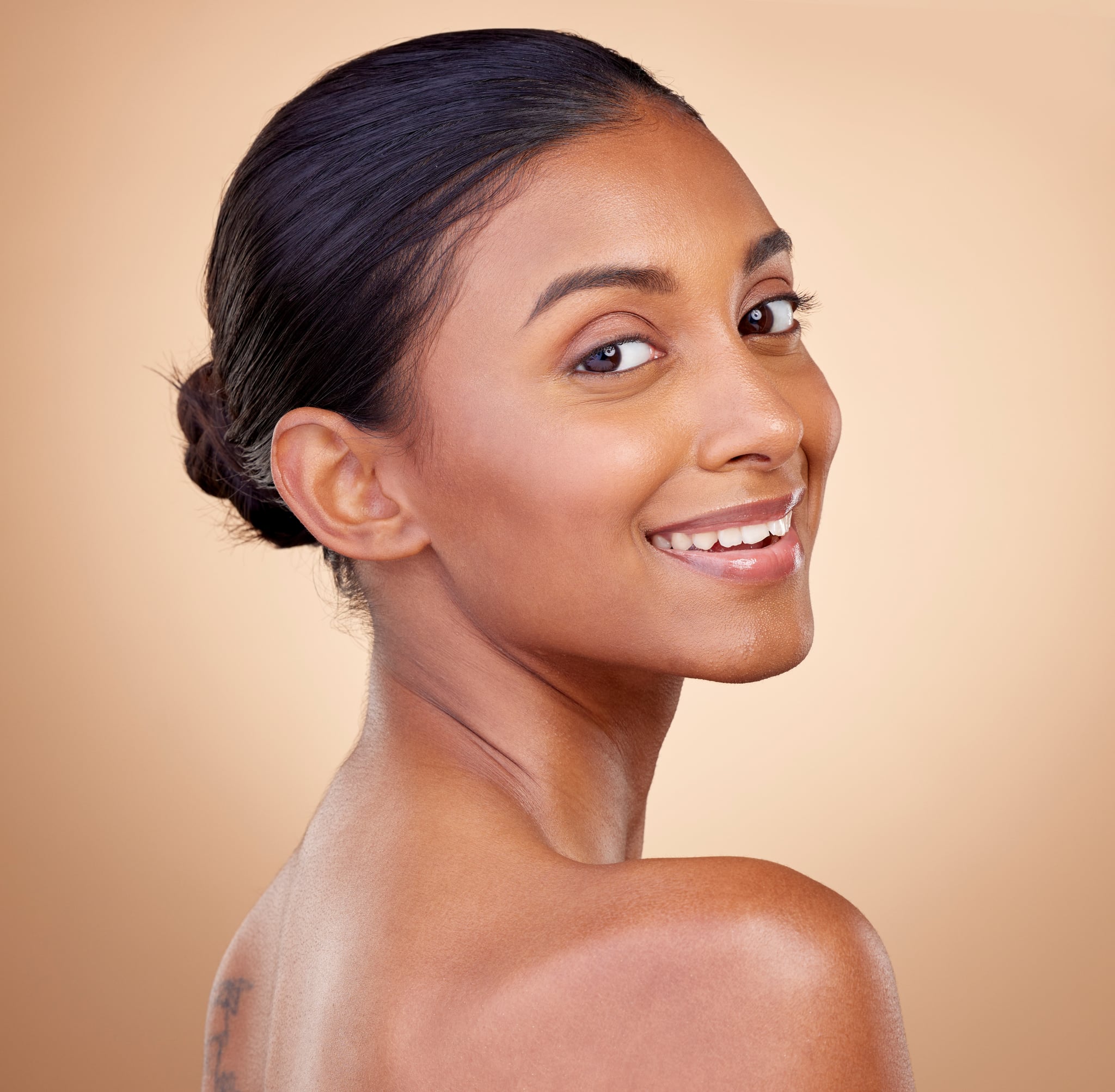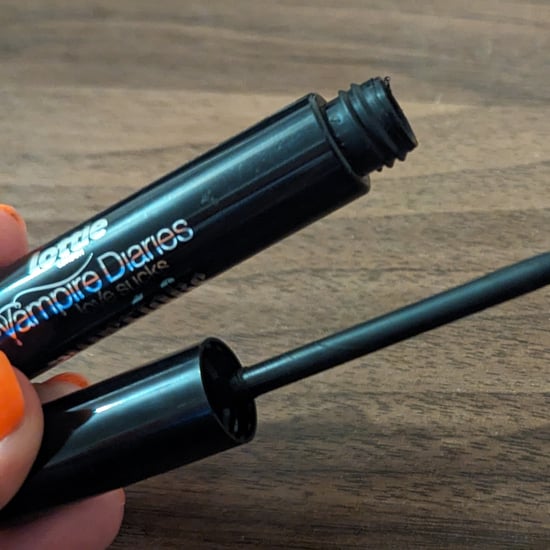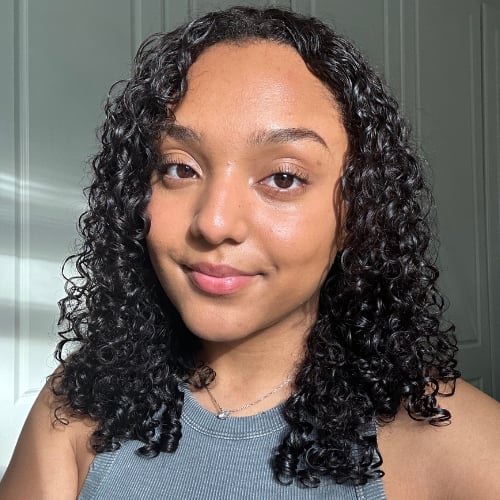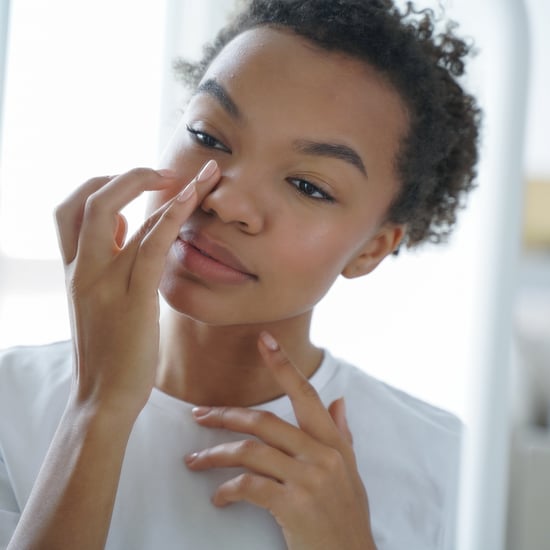Are Polynucleotides the Secret to Ageless Beauty?
Polynucleotides: The Latest Aesthetic Treatment You Need to Know About

There's a new injectable on the market which looks set to change the face of aesthetics forever: Polynucleotides. When it comes to tweakments I have always stood on the side of caution, avoiding Botox and fillers, preferring to use targeted skincare like retinol and vitamin C to fight signs of aging and uneven skin tone. However, the latest wave of skin boosters, polynucleotides, has got me reconsidering my position.
Searches for this particular skin booster have risen by over 200 percent according to Google and, as with all new beauty trends, Tik Tok is also starting to catch on with over two million views for the hashtag. It is rumoured that this is the secret to Jennifer Aniston's youthful skin appearance and every aesthetic practitioner I speak to is raving about the results. But what is it exactly and what can it do? Read on to find out.
What is a Polynucleotide?
Polynucleotides, are a protein-based bio-stimulator usually made from salmon, which work by changing the skin's DNA. The changes boost collagen and elastin production by up-regulating the fibroblast cells, as well as improving tissue regeneration and restoring skin tone and elasticity. It also has an antioxidant and hydrating effect in addition to the bio-remodelling, therefore resulting in skin that looks and feels healthier.
"It is an exciting time in the aesthetic industry," says Dr Ashwin Soni, a plastic and reconstructive surgeon, when asked about this latest injectable treatment that kickstarts regeneration in the skin. "The innovation behind it is incredible. It is a natural way to improve our skin and tissues on a cellular level"
Dr Freya Bakko at Scin Aesthetics based in Urban Retreat City agrees. "I'm seeing incredible results with this treatment for my clients," she tells POPSUGAR UK. "The most important difference is it doesn't change the structure of the face, the same way fillers and botox can."
How do Polynucleotides Work?
The technology is so clever because it doesn't simply insert anything to the skin, like Profhilo (a form of hyaluronic acid) or fillers that add volume and structure. Instead, it works on a molecular level, improving the health of the deeper layers of the epidermis.
Classed as a regenerative injectable, derived from either cod or salmon DNA, it stimulates your own body to produce different cells to support cell turnover and elasticity. The injections can be targeted to specific areas of concern whereas Profhilo, and other skin boosters, are designed to treat very specific areas with five designated points on the face. This means the quality and appearance of the skin improves without creating physical hollowness, or preventing movement like Botox so the results are far more natural-looking as it is your skin, but better.
The science behind the ingredient, however, is not new. "They have been used in regenerative medicine for many years and are now crossing over into aesthetics," explains Ashleigh Carey, at Revive Aesthetics. "These injections are great for combating sagging and reversing sun-damaged skin by thickening the tissues," she explains. "By stimulating the production of collagen and elastin, it also improves skin elasticity and firmness, for a fresh, youthful finish."
Which Areas Will Benefit From Polynucleotides?
"We do treatments for the face, neck, décolletage and body, including on scars and to stimulate hair growth," explains Dr Esho at Esho Clinics. Although it is mainly being used for mature skin, there seems to be a growing demand amongst younger crowds thanks to its ability to target specific skin concerns, such as acne scars and dark circles.
One of the most popular treatments is the eye area. Over the last few years, the demand for tear trough treatment has increased considerably with many of us looking to brighten and improve our under eye appearance. However, filler is not always suitable for everyone.
"People are now realising that not everyone is a candidate for the teardrop streaming, whereas polynucleotide treatment can be used on a lot more people," says Dr Esho. "Creating a new cohort of patients who traditionally ask for Botox or fillers."
According to Dr Bakko, it can be really beneficial for pigmentation and scarring. "It really helps to improve skin texture and helps diminish melasma as it works by speeding up your skin's natural regeneration," she explains. "It is not for those looking to fill hollow areas or alter the shape, and although it can be used for preventative I would personally this is far more effective in treating concerns. In terms of preventative injectables profhlio is a far better option."
How Much do Polynucleotides Cost
Prices for this vary from clinic to clinic, starting from around £250 per treatment and it is recommended you will need a couple of treatments to see a real benefit. However, unlike Botox, the best results are seen after a couple of weeks and continue to improve for up to three months. The results should last for up to a year, and then it is recommended to have maintenance treatments every six to nine months, so it is more of a long-term strategy than some other skin boosters.
Although I am still on the fence about going down the injectable route, this option is far more appealing to me as I've always maintained positive ageing as a mantra and never want to try and hide my natural texture, laughter lines and crows' feet. However, if I could help my skin from the inside then why not?
Lauren Ezekiel is an associate editor at POPSUGAR UK, where she writes about all things beauty and wellness. With a degree in journalism and 12 years' experience as a beauty editor at a leading Sunday supplement, she is obsessed with skincare, hair and makeup, and is often found offering advice to innocent bystanders. Her work has been published in Grazia, OK, Health and Beauty, The Sun, ASDA, Dare and Metro.







